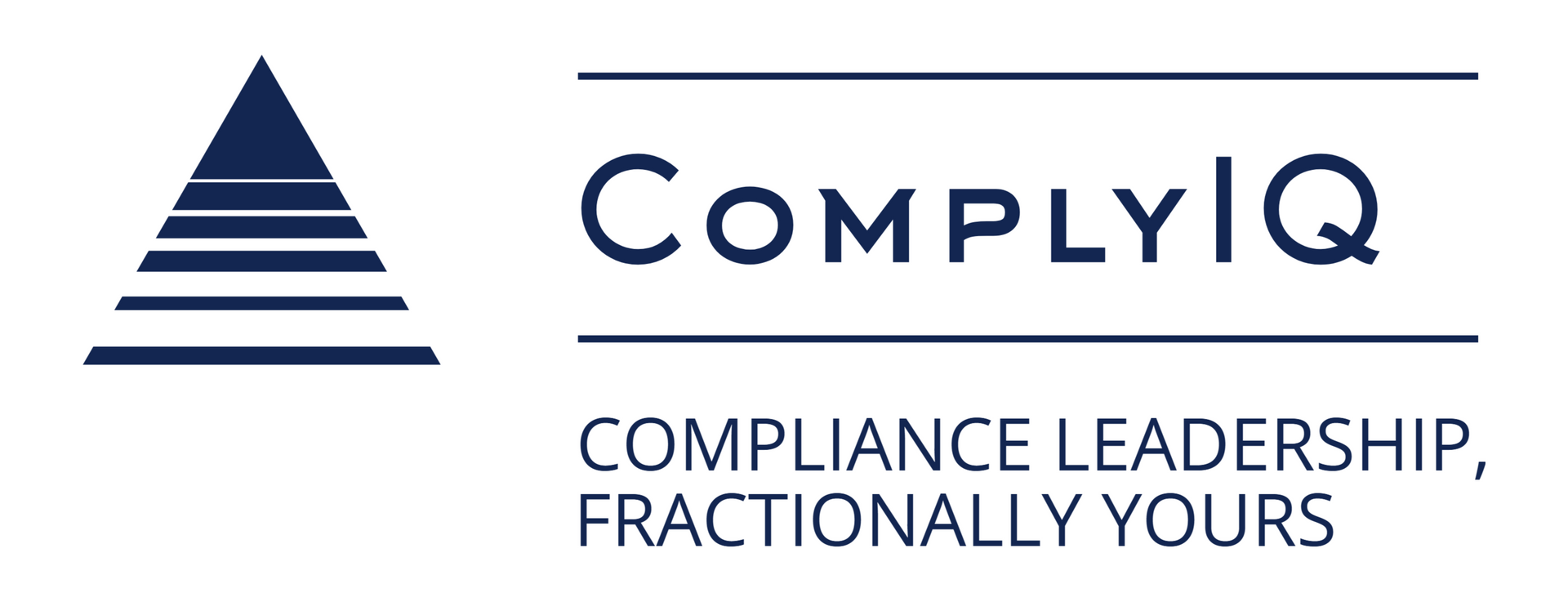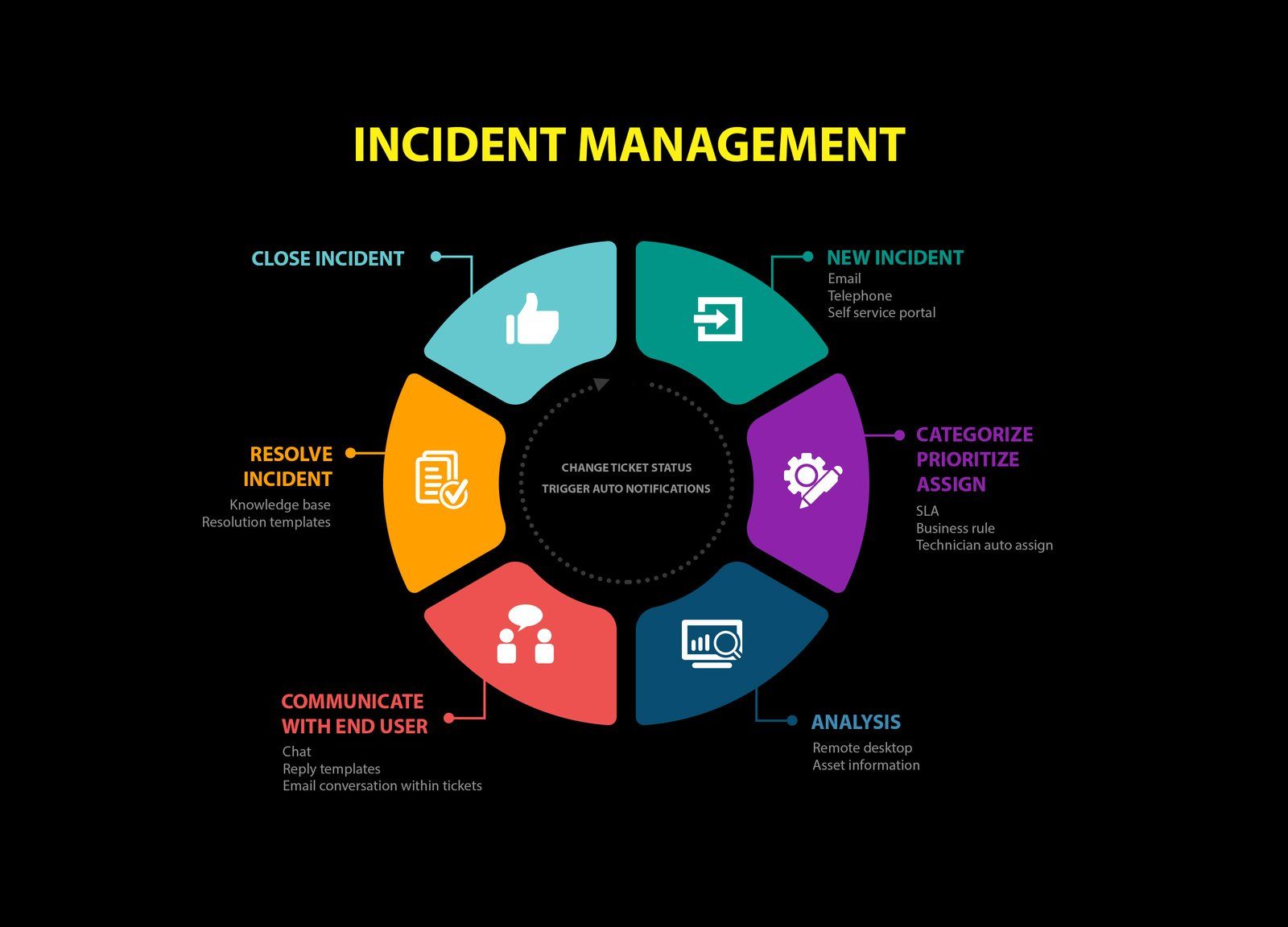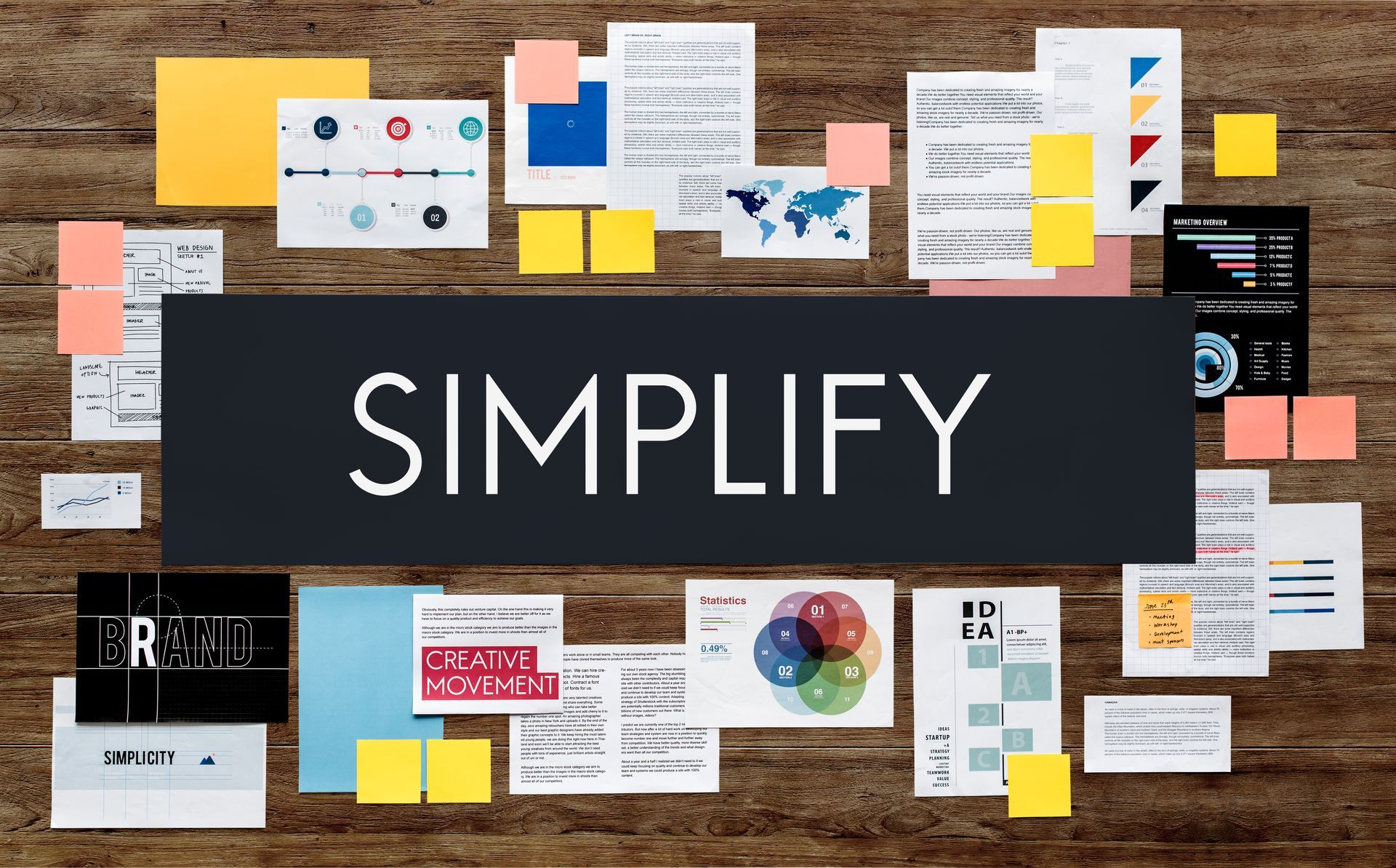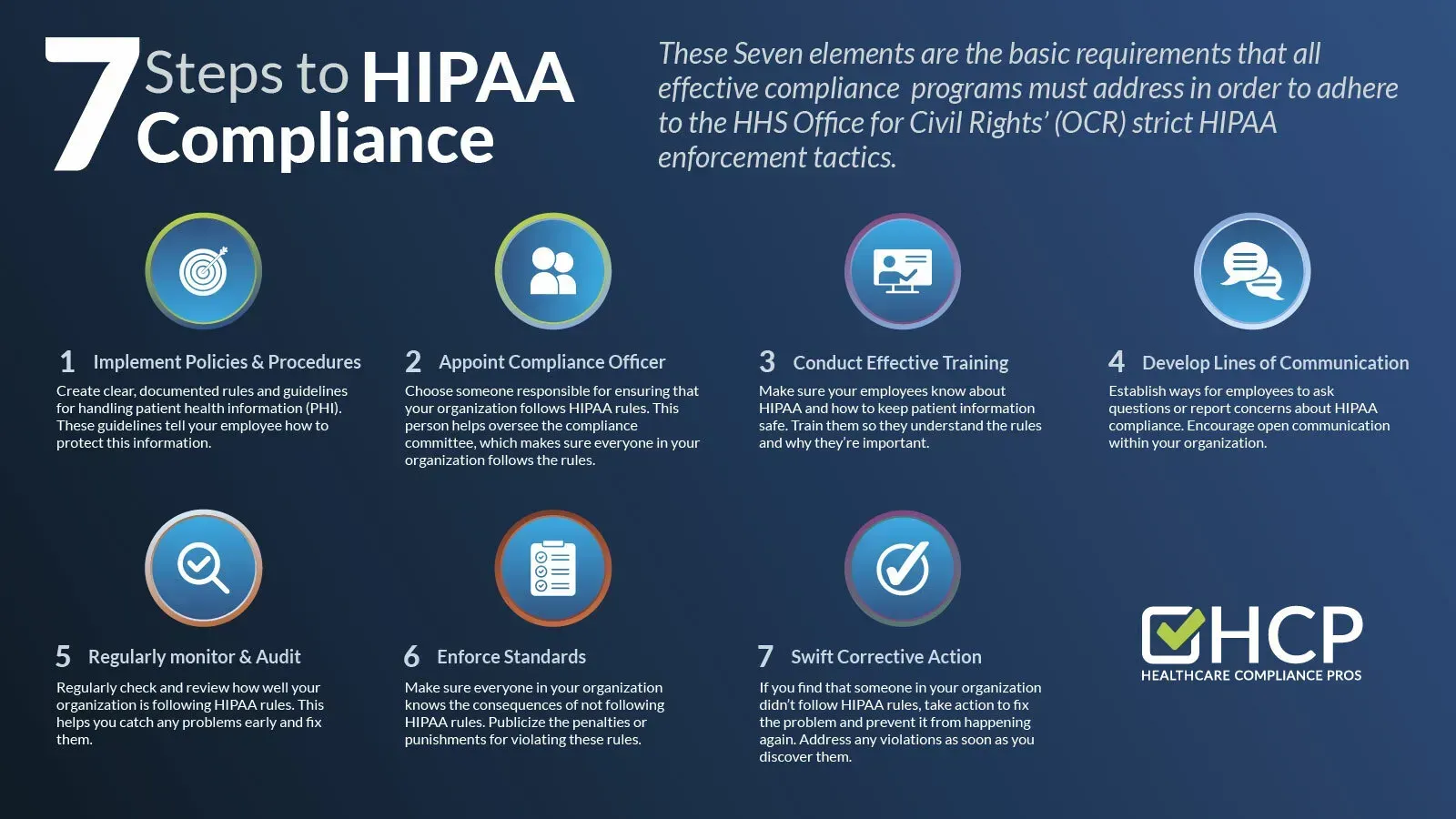Navigating PCI DSS Compliance: A Practical Guide for Fintechs
Navigating PCI DSS Compliance: This intermediate guide breaks down scoping, control mapping, and audit readiness for fintechs, plus a custom framework to reduce scope and risk.

Introduction
Payment processing fintechs face a critical compliance challenge that can make or break their business trajectory. Navigating PCI DSS compliance becomes more complex each year as payment technologies evolve and regulatory expectations tighten.
The stakes couldn't be higher. A single compliance misstep can trigger costly fines, damage customer trust, or even suspend payment processing capabilities entirely. Yet many fintech teams struggle with fragmented guidance that leaves them exposed to audit surprises and operational delays.
Understanding PCI DSS fundamentals
The Payment Card Industry Data Security Standard (PCI DSS) serves as the cornerstone framework for protecting cardholder data across all payment environments. PCI DSS requirements encompass twelve core requirements organized into six control objectives that address network security, data protection, vulnerability management, access controls, monitoring, and information security policies.
Version 4.0 introduced significant changes that fintech teams must understand. Enhanced authentication requirements now mandate multi-factor authentication for all access to cardholder data environments. Customized approaches allow organizations to implement alternative controls that meet security objectives while accommodating modern architectures.
The standard applies to any organization that stores, processes, or transmits cardholder data. This includes payment processors, e-commerce platforms, mobile payment apps, and financial institutions handling card transactions.
Determining your PCI compliance scope
Accurate scoping forms the foundation of cost-effective PCI compliance. Your cardholder data environment (CDE) includes all systems, network components, and applications that store, process, or transmit cardholder data, plus any systems connected to or affecting the CDE.
Modern scoping and segmentation guidance addresses cloud environments, microservices, and containerized architectures that traditional scoping approaches struggled to evaluate. Proper network segmentation can dramatically reduce your compliance burden by isolating payment processing from other business systems.
Document your data flows meticulously. Map exactly how cardholder data enters your environment, where it's stored or processed, and how it exits. This exercise often reveals scope reduction opportunities through tokenization, third-party processors, or architectural changes.
Choosing the right validation approach
Your PCI validation requirements depend on your transaction volume and merchant category. Most fintech startups qualify for Self-Assessment Questionnaires (SAQs) rather than full Report on Compliance (ROC) audits.
SAQ eligibility criteria vary based on your payment acceptance methods and processing environment. SAQ A applies to e-commerce merchants using third-party processors, while SAQ D covers more complex environments with direct card data handling.
Level 1 merchants processing over 6 million transactions annually require ROC audits by Qualified Security Assessors (QSAs). Even if you currently qualify for SAQ validation, plan for eventual ROC requirements as your transaction volume grows.
Cloud hosting considerations for PCI
Cloud environments introduce shared responsibility models that complicate PCI compliance. Your cloud provider handles infrastructure security, while you remain responsible for application-level controls and data protection.
AWS PCI DSS guidance outlines which services are PCI-compliant and how to architect secure payment environments. Google Cloud's PCI architecture guide provides blueprints for containerized payment applications. Azure's PCI documentation details their attestation scope and compliance inheritance options.
Network segmentation becomes more critical in cloud environments. Use virtual private clouds, security groups, and network access control lists to isolate payment processing from other workloads. Container orchestration platforms like Kubernetes require additional consideration for pod-to-pod communication and secrets management.
Essential security controls implementation
PCI DSS mandates specific technical controls that protect cardholder data throughout its lifecycle. Encryption requirements cover data at rest and in transit, with specific cryptographic standards and key management procedures.
Access controls must implement least-privilege principles with regular access reviews. Multi-factor authentication became mandatory for all CDE access under PCI DSS v4.0. Role-based access controls help manage user permissions systematically.
Vulnerability management requires quarterly external scans by Approved Scanning Vendors (ASVs) plus internal vulnerability assessments. Patch management processes must address critical vulnerabilities within defined timeframes.
Application security controls align closely with OWASP Top Ten recommendations for web application security. Input validation, output encoding, and secure coding practices prevent common attack vectors that compromise payment applications.
Operationalizing PCI compliance processes
Sustainable PCI compliance requires embedding controls into your development and operations workflows. Quarterly testing validates that security controls function as intended throughout the assessment period.
Log monitoring systems must capture and analyze security events across your payment environment. Centralized logging solutions help correlate events and detect potential security incidents. File integrity monitoring alerts teams to unauthorized changes in critical system files.
Incident response procedures specifically address potential cardholder data compromises. PCI forensic investigation processes guide breach response activities and evidence preservation requirements.
The PCI DSS Prioritized Approach helps organizations sequence control implementation based on risk impact. This framework proves especially valuable for resource-constrained startups that need to phase their compliance efforts.
Many fintech teams struggle to balance rapid product development with comprehensive compliance requirements. A fractional Chief Compliance Officer can help map PCI obligations to your product roadmap and establish quarterly testing calendars without the overhead of full-time compliance staff. This approach provides senior-level expertise for scoping decisions, control implementation, and audit readiness through flexible monthly retainer arrangements.
Scope reduction strategies
Tokenization and third-party payment processors offer the most effective scope reduction approaches for many fintechs. Tokenization systems replace sensitive cardholder data with non-sensitive tokens, removing that data from your environment entirely.
Payment service providers (PSPs) can handle card data processing on your behalf, limiting your PCI scope to the integration points. However, you remain responsible for securing the integration and protecting any cardholder data you handle directly.
Point-to-point encryption (P2PE) protects cardholder data from the point of interaction through the entire transaction flow. Validated P2PE solutions can significantly reduce PCI scope for card-present transactions.
Network segmentation creates security boundaries that limit PCI scope to essential payment processing systems. Proper segmentation requires robust network controls and regular validation to ensure ongoing effectiveness.
Building audit readiness capabilities
Preparation for PCI assessments should begin months before your actual validation. Document your security policies, procedures, and technical configurations comprehensively. Assessors will review evidence of control implementation and ongoing effectiveness.
Create standardized evidence collection procedures that support both internal testing and external assessments. Screenshots, configuration exports, log samples, and procedural documentation demonstrate compliance to assessors.
Regular internal assessments help identify gaps before external validation. SANS PCI checklists provide practical frameworks for internal compliance reviews and control testing.
Engage with QSAs early in your compliance journey, even if you currently use SAQ validation. Understanding assessor expectations helps shape your compliance program and prepares you for eventual ROC requirements.
Measuring compliance program effectiveness
Effective PCI programs go beyond checkbox compliance to create measurable security improvements. Key performance indicators should track both compliance metrics and security outcomes.
Monitor compliance metrics like control testing results, vulnerability remediation timeframes, and incident response effectiveness. Track security metrics including failed authentication attempts, suspicious transaction patterns, and security event volumes.
Regular risk assessments help prioritize control improvements and resource allocation. Industry threat intelligence from sources like the Verizon Data Breach Investigations Report informs risk prioritization decisions.
Benchmark your program against industry standards and peer organizations. Community resources provide insights into common implementation challenges and effective solutions.
Integration with broader risk frameworks
PCI compliance works most effectively when integrated with comprehensive risk management programs. NIST Cybersecurity Framework mapping helps align PCI controls with broader organizational risk objectives.
Coordinate PCI requirements with other compliance obligations like SOX, GDPR, or state privacy regulations. Many security controls address multiple compliance requirements simultaneously.
Establish governance processes that ensure PCI compliance supports business objectives rather than hindering innovation. Regular executive reporting helps maintain organizational commitment to compliance investments.
Conclusion
Navigating PCI DSS compliance successfully requires strategic planning, technical expertise, and ongoing operational discipline. The investment in proper compliance implementation pays dividends through reduced security risks, streamlined audit processes, and enhanced customer trust.
Organizations that treat PCI compliance as a strategic enabler rather than a regulatory burden position themselves for sustainable growth in competitive payment markets. Professional compliance guidance can accelerate your compliance journey while avoiding common implementation pitfalls that delay product launches and increase costs.
Frequently Asked Questions
How do I determine which PCI DSS requirements apply to my fintech application?
Your PCI scope depends on how your application handles cardholder data. If you store, process, or transmit card data directly, all twelve PCI requirements apply. Using tokenization or third-party processors can significantly reduce your scope to integration security controls only.
What's the difference between SAQ validation and ROC audits?
SAQ (Self-Assessment Questionnaire) validation allows eligible merchants to self-certify their compliance through questionnaires and documentation. ROC (Report on Compliance) audits require independent assessment by certified QSAs and apply to higher-volume merchants or complex processing environments.
Can cloud hosting simplify my PCI compliance requirements?
Cloud hosting can simplify infrastructure security through provider-managed controls, but you remain responsible for application-level security and data protection. Choose PCI-compliant cloud services and understand the shared responsibility model for your specific architecture.
How often do I need to complete PCI compliance validation?
PCI compliance validation occurs annually, with quarterly vulnerability scans and ongoing monitoring requirements throughout the year. Some card brands may require more frequent validation for merchants with previous compliance issues.
What happens if I experience a data breach while PCI compliant?
PCI compliance doesn't prevent all security incidents, but it demonstrates due diligence in protecting cardholder data. Compliant organizations typically face reduced fines and liability exposure compared to non-compliant merchants experiencing similar breaches.
Should I hire a consultant or handle PCI compliance internally?
The decision depends on your team's expertise, transaction volume, and compliance complexity. Many growing fintechs benefit from fractional compliance expertise that provides senior-level guidance without full-time overhead costs.
How much should I budget for PCI compliance implementation?
PCI compliance costs vary significantly based on your scope, validation approach, and existing security controls. Budget for assessment fees, security tool licensing, potential infrastructure changes, and ongoing operational costs for monitoring and testing.










